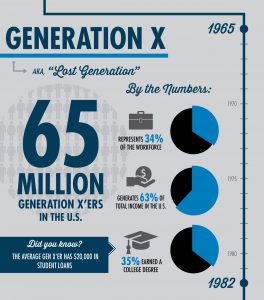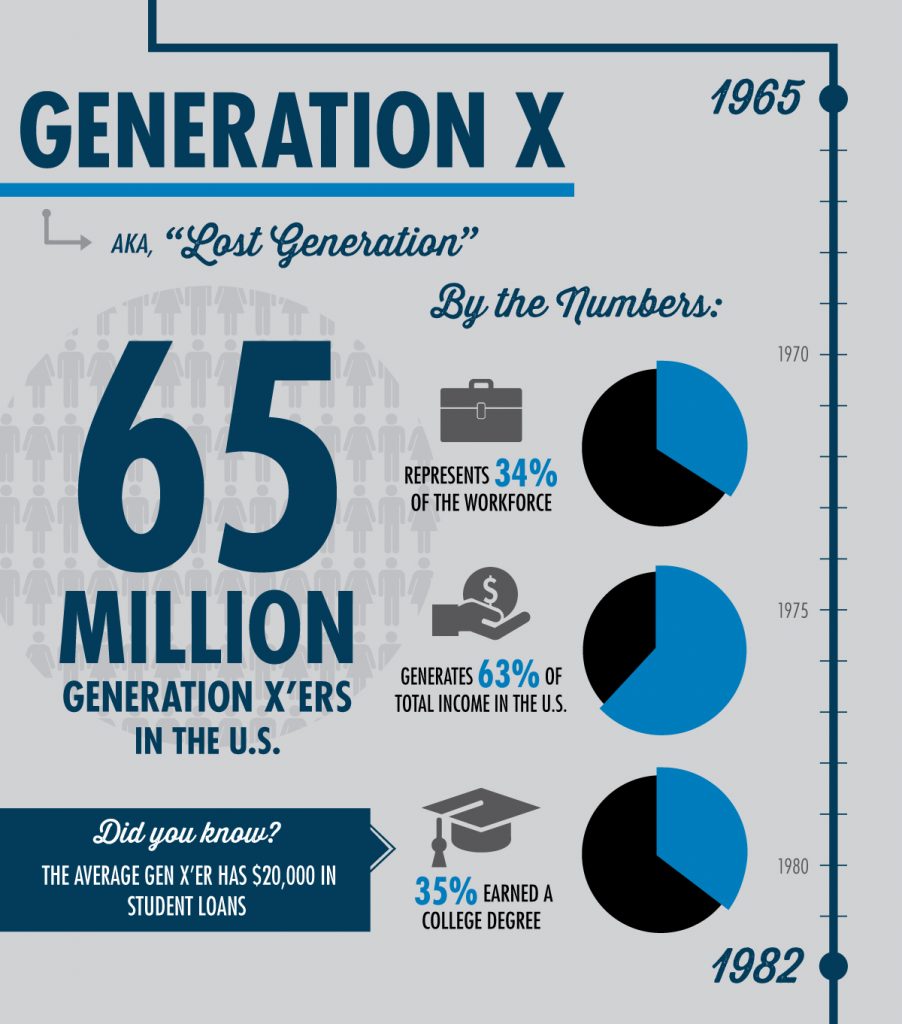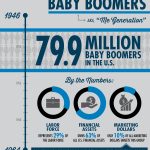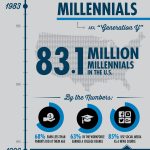
Marketing to Generation X
Generation X, or the “Lost Generation,” is the demographic bridge between Baby Boomers and Millennials. Born between the mid 1960’s and the early 1980’s, this group grew up during the first Gulf War. This group saw women join the workforce in larger numbers, thus spawning the age of “latch-key” children“.They grew up with landline telephones, were introduced to the first personal home computers, and have seen both evolve into one device that fits in your pocket. Xer’s have attained the highest level of education of all generations to date, with 35% having earned a college degree , and are burdened with an average student debt of $20,000. Despite being in the prime of their careers, and comprising 34% of the workforce, in 2015 Xer’s were passed by millennials as the largest generation in the labor force.
 How to target the Gen X demographic
How to target the Gen X demographic
Targeting Gen X with ad dollars is challenging. A Forrester Research study found that traditional media is very important to them (48% listen to the radio, 62% read the newspaper, and 85% have a favorite show), but they are also technologically savvy. 82% surveyed said they check their email at least once a day, and 60% of all responders reported they owned a smartphone. This group uses the majority of their online time on Facebook. Despite popular belief, Gen X spends more time on social media than millennials, averaging almost 7 hours a week on social sites. Xer’s also tend to frequent another social platform, Pinterest, with 36% of all pinners being in this age demographic. If you are trying to better communicate with this generation, focus your attention between 8:00pm to midnight, when they consume the majority of their content.
Purchasing Habits of Generation X
Although this generation is the 3rd most populous, Gen X has more purchasing power than any other generation. In fact, they generate 31% of total income in the United States, while only representing a quarter of the population. This “Lost” group is now entering the prime of their careers, focusing on work and providing for their families. Almost 2/3rds report they spend more time and money on others than themselves. As such, they try to save money where they can, joining loyalty programs and using coupons where available. Once bought in, Gen Xer’s describe themselves as very loyal to brands.
Generation X vs Baby Boomers
As you can see, there are many similarities between Generation X and Baby Boomers. Both of these groups have watched technology grow, but at different points of their lives, which might explain some of the differences in their consumption. Boomers, however, spend more time providing for their immediate and extended families. Some of these differences can be explained by their life stage as well as upbringing. As parents, these former latch-key kids compensate for their absentee parent upbringing with a parenting style coined “helicopter parents.” The hovering involvement is aided by the use of technology allowing parents to easily be in contact with their children.
Additional Insights for Marketing to Generation X:
- 55% of startup founders are from Generation X.
- One-in-four Gen X parents are the primary means of financial support for at least one millennial child.
- 82% of Generation X are home owners.
- Gen X’ers rate word of mouth the number 1 attention grabber and trust builder for technology, health and financial services.
These findings should be carefully considered when planning to target an audience that includes Generation X.
Follow us for our next post full of insights into how Millennials may fit into your marketing strategy. Contact Lundmark to discuss developing a marketing campaign that resonates with your audience.




